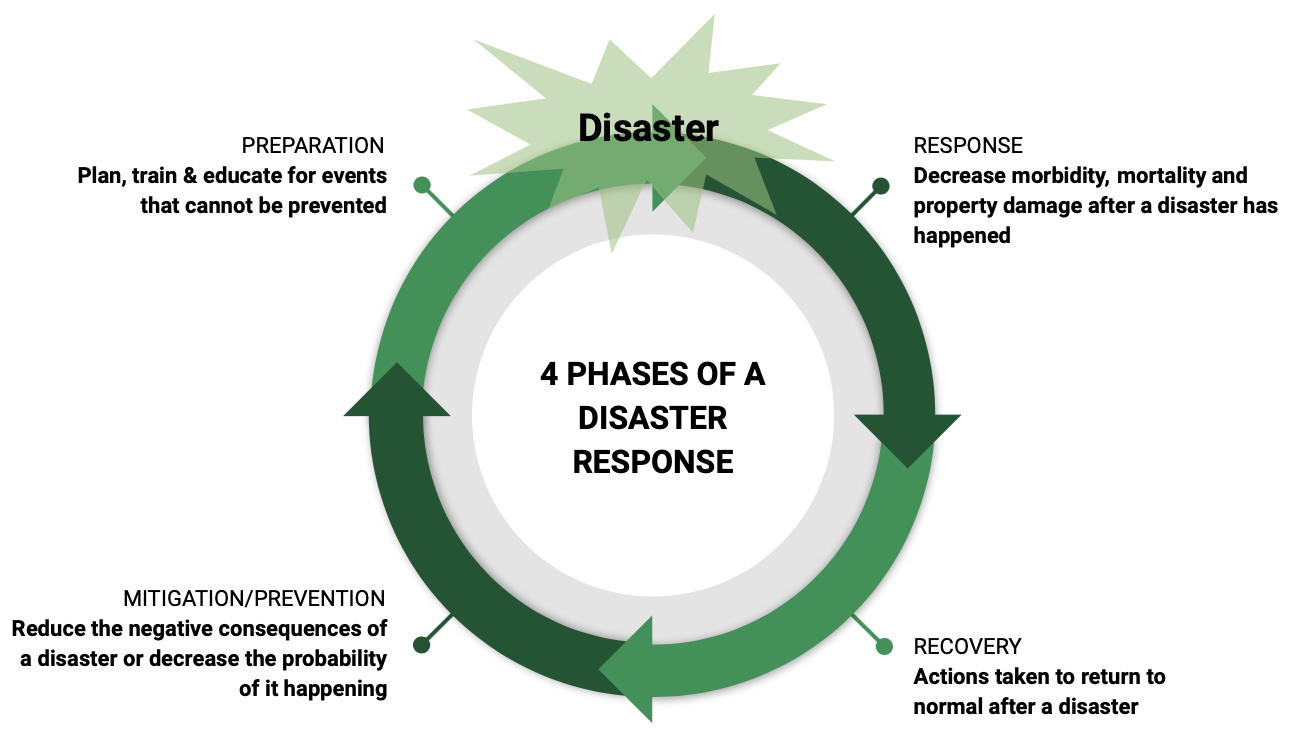Understanding the Changing Terrain of Data Privacy Laws
In today’s data-driven landscape, understanding data privacy laws has become a crucial aspect for organizations and individuals alike. As technological evolutions continue to alter the contours of the information ecosystem, the concept of privacy is being continually redefined and improved.
Deciphering the New Age of Data Privacy Regulations in the U.S.
In the United States, laws and regulations concerning data privacy have witnessed a considerable overhaul in the recent past. The evolving landscape of technology and its integration into everyday life has moved lawmakers to establish data protection legislation pertinent to the digital age. Privacy acts and consumer privacy regulations have been updated, reflecting the growing concern for the privacy and safety of personal information in this digital era.
Data Privacy Regulations on the Horizon: Comprehensive Insights
As we maneuver across the landscape of data privacy laws, new norms and benchmarks are being set. In the forefront, regulations as comprehensive as the California Consumer Privacy Act (CCPA) and the European Union (EU) General Data Protection Regulation (GDPR) impose stricter rules for third parties intending to collect, store, or process personal data.










